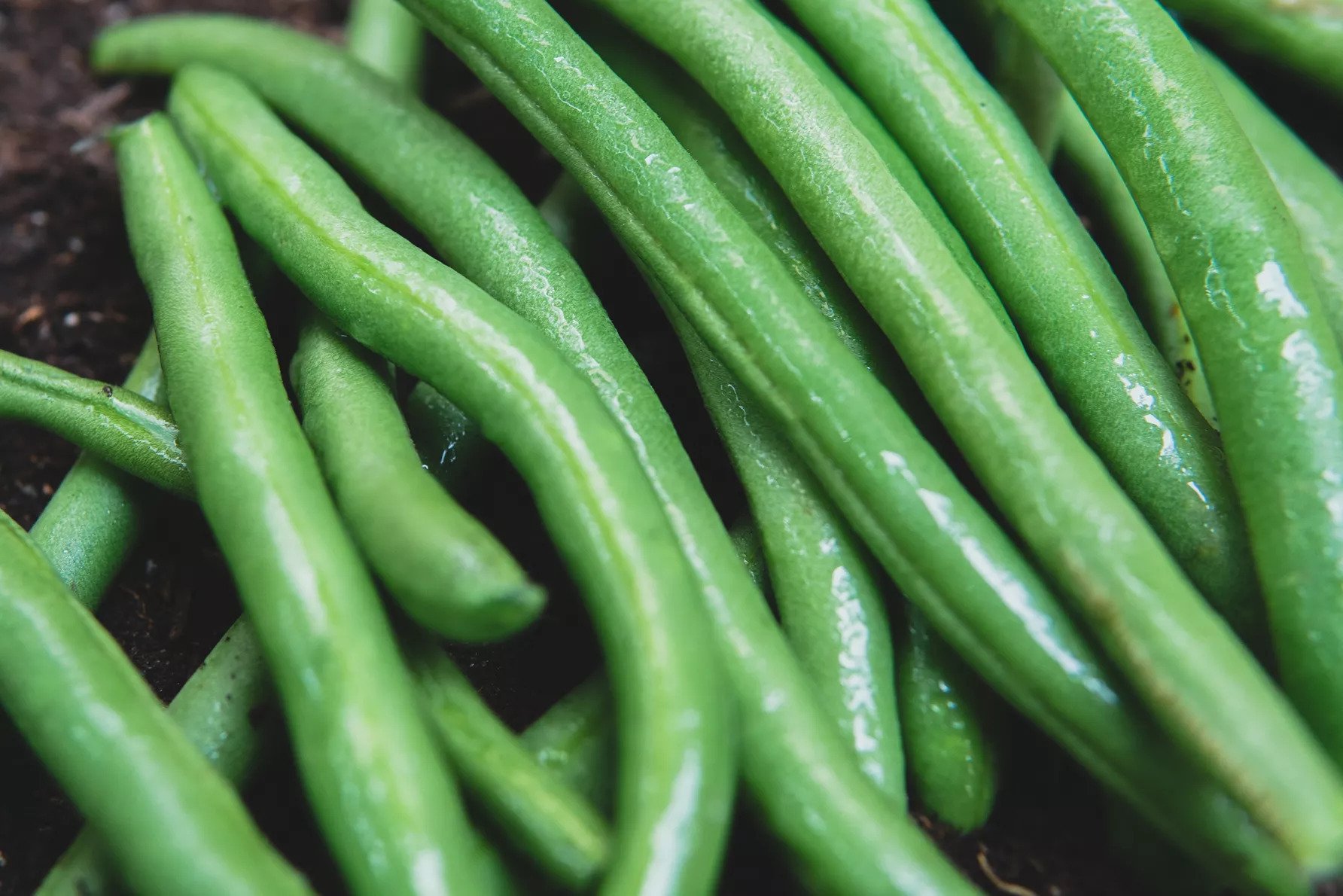How to Grow Better Beans and Peas
Are the beans and peas in your garden not growing as well as you were expecting?
If so, perhaps you're looking in the wrong place for a solution. Instead of looking at the plant leaves and stalk, look down to find what may be — literally — the root of the problem.
Beans and peas belong to a plant group called legumes, which are noted for their ability to absorb nitrogen from the air and send that nitrogen to nodules on their roots. The nodules are formed when legumes absorb Rhizobia bacteria in the soil through root hairs. The nodules act as hidden nitrogen farms to convert — or fix — the atmospheric nitrogen into a form of nitrogen the plant can use. Once the nodules have "fixed" the nitrogen, they send it back up the stem of the plant to the branches and leaves where the plant uses the converted nitrogen to make the bean or pea pods.
Seems simple enough. Right?
Sure... unless your garden soil is deficient in or lacks the specific bacteria.
Luckily, there is a readily available soil inoculant that provides an easy solution for this problem. Here’s a guide to finding that inoculant and how to use it to increase your yield of beans and peas.
What Is Rhizobia Bacteria?
First of all, it’s not toxic. It is a beneficial bacteria that occurs naturally in the soil and helps plants use nitrogen to grow and be productive.
"It's important to remember that soil is 'alive,'" said Farmer D — that's Daron Joffe of Farmer D Organics in Atlanta. "Some soil is more alive than others. Rhizobia bacteria helps plants find nutrients and bacteria in the soil, which helps to increase the yield of the plants."
Rhizobia bacteria is readily available in a powder form called an inoculant from specialty garden centers and reputable online organic gardening sites.
Do I Need Different Inoculants for Different Beans or Peas?
No, not for home gardening purposes. A general gardening inoculant will work just fine, said Farmer D. "It's cheap, and you don't need much," he said.
If you grow cover crops in the legume group such as alfalfa, you'll need an inoculant specific to those crops, he added.
How Do I Use It?
Rhizobia is easy to use. The goal is to apply the bacteria in a way that will coat the seeds. To do that, simply open the seed packet, mist the seeds so they are moist but water doesn't collect in the packet and sprinkle the bacteria onto the seeds. Fold the seed packet shut and gently shake the seed packet to coat all the seeds. Repeat the process if the first application did not reach all of the seeds. You won't need a lot of inoculant and you can't overdose them, so don't worry about adding too much inoculant.
Plant the inoculant-coated seeds at the depth and spacing recommended on the seed packet.
How Do I Store Inoculant?
Keep it in a sealed container in a cool place out of direct sunlight. If the inoculant is in a sealed plastic bag, for instance, and is left in the sun, the heat that builds up in the bag can kill the bacteria. Stored properly, the bacteria should stay alive for a year.
Do I Need to Apply an Inoculant Every Year?
Not if you are planting legumes in the same place. Once the bacteria are in the soil, they will stay there. In fact, they will multiply.
However, it won't hurt your plants or your soil to inoculate legumes each time you plant. In short, you can’t overinoculate.
Are There Other Benefits to Using an Inoculant?
Yes. Once the bacteria find a home on the plant roots, the little nodule nitrogen "farms" allow the plant to increase the nitrogen in the soil. Also, because the inoculant allows the plant to make its own nitrogen, less fertilizer is needed, saving the home grower money.
Any Other Tricks With Legumes I Should Know About?
Try this one. Plant perennial clover in the pathways between the vegetable beds. The roots will grow into the beds and create a permanent nitrogen reservoir that will be beneficial to all vegetables. The planted pathways will help prevent erosion and the blooms on the clover will attract bees that will pollinate the garden.
Interesting, isn't it, at how the life cycle of the garden comes full circle? That's something to think about the next time you're harvesting beans and peas.







No comments